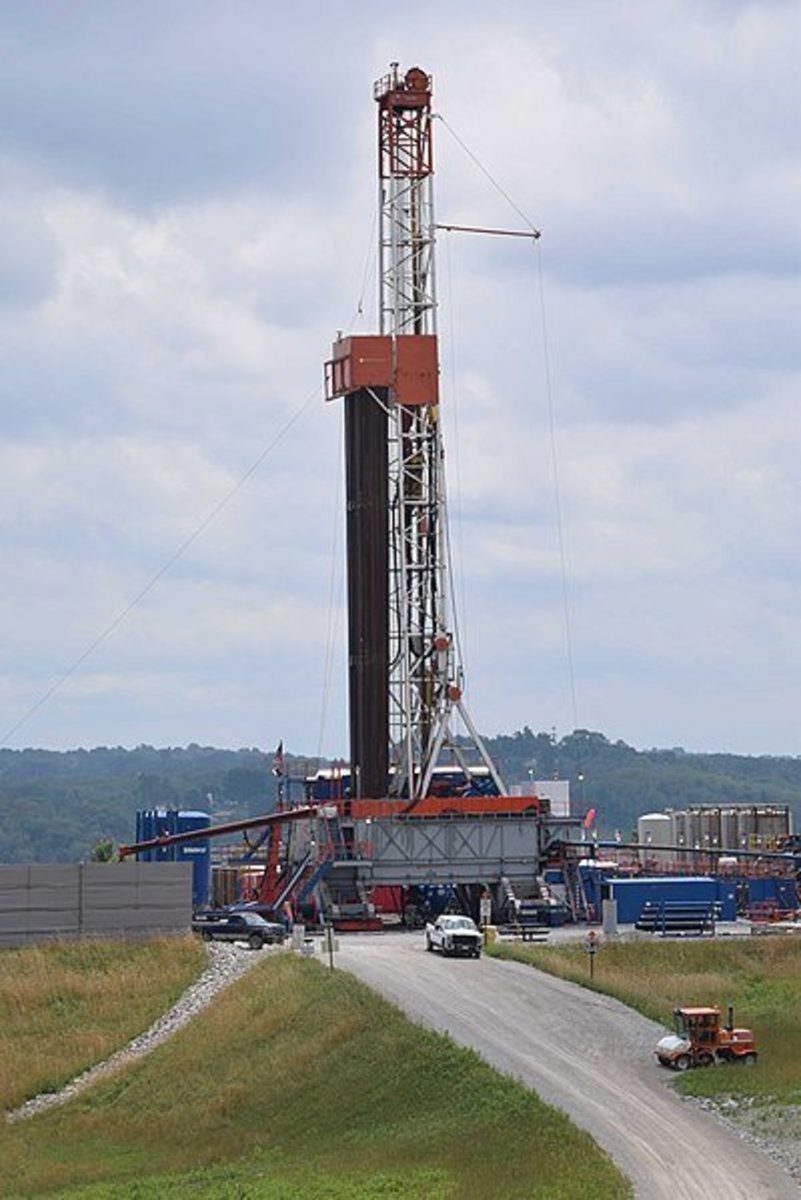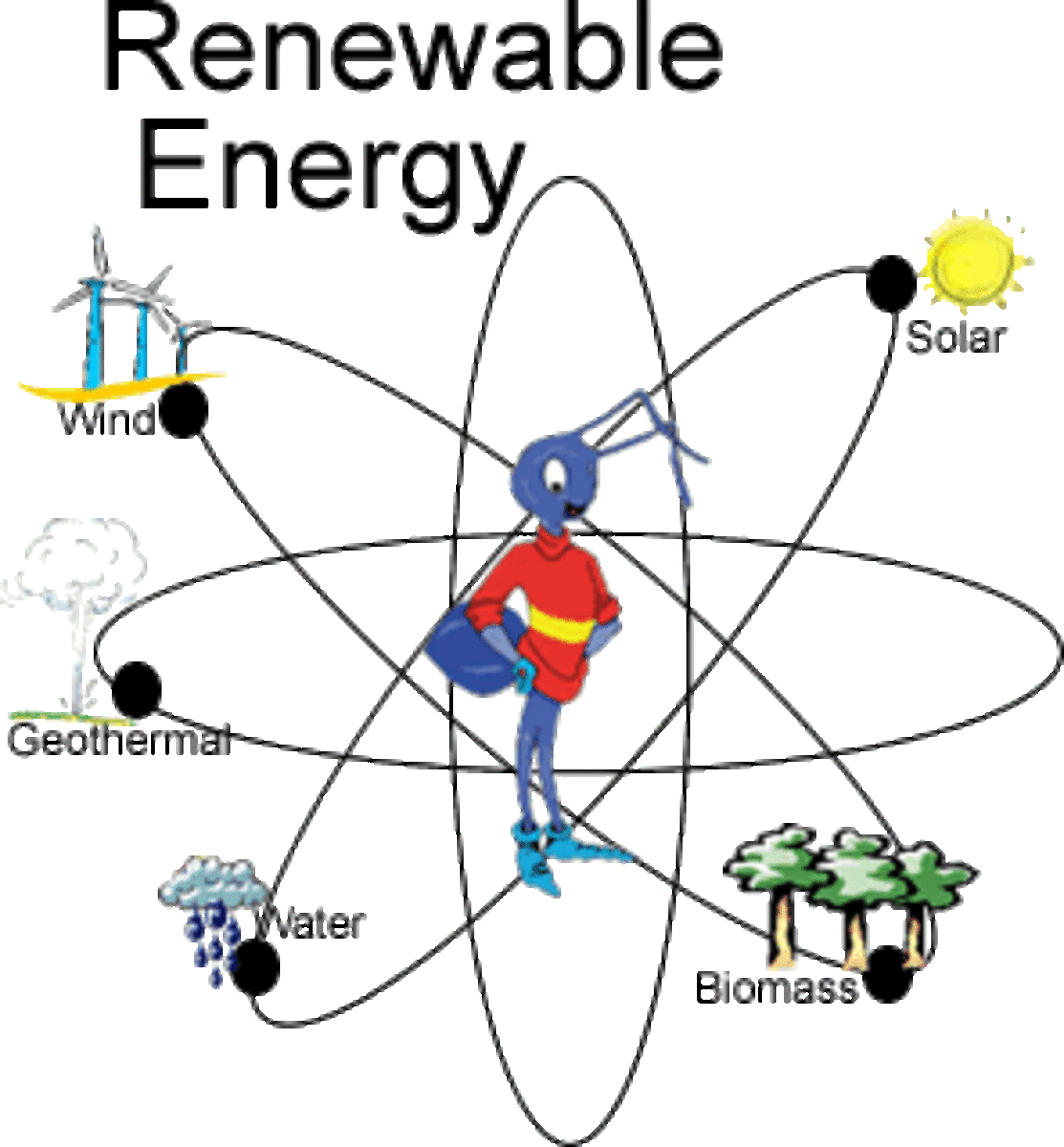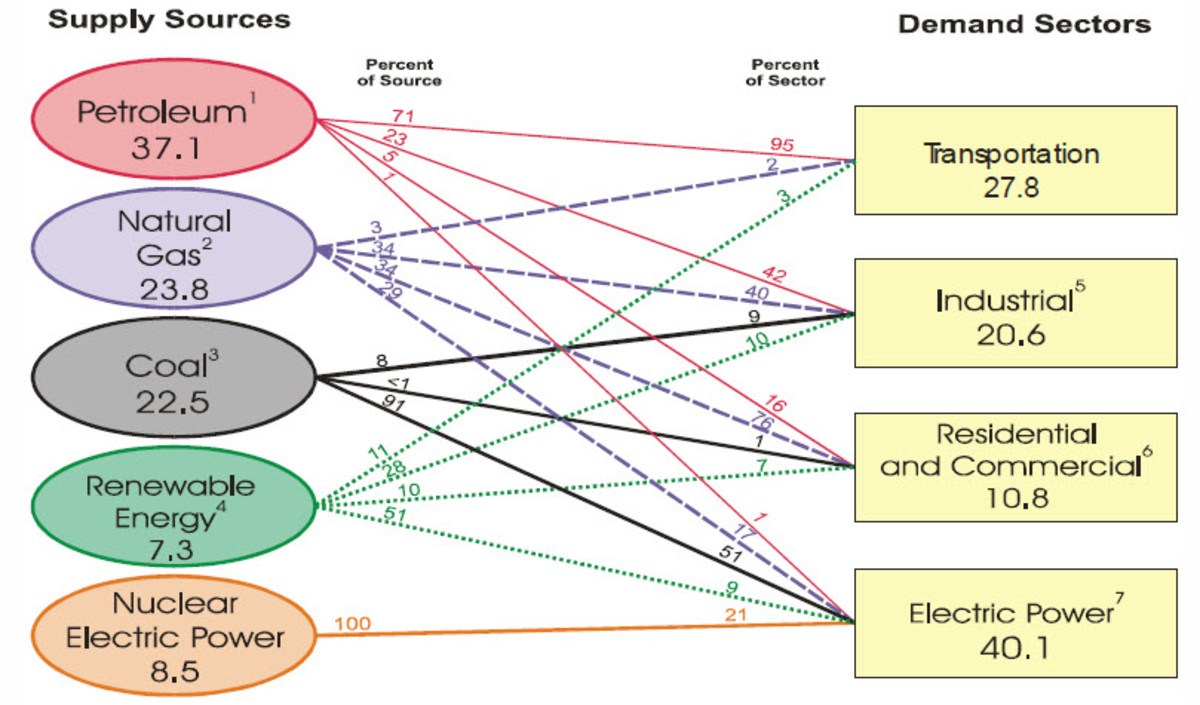What is Hydraulic-Fracturing (Fracking): How Fracking Works and The Controversy Surrounding It
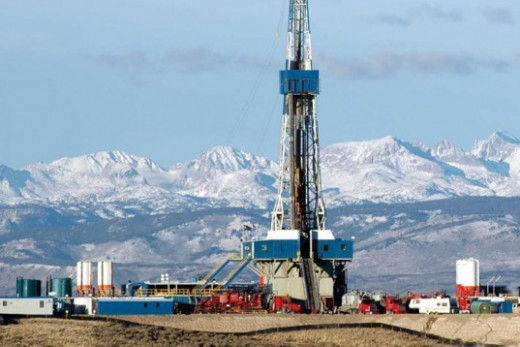
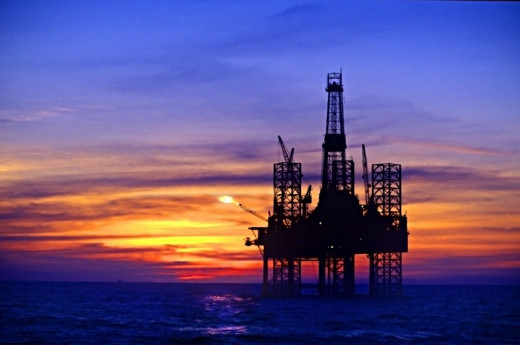
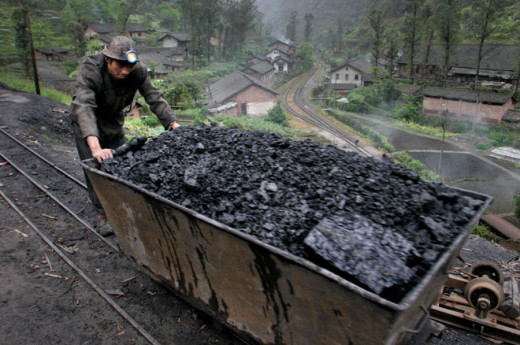
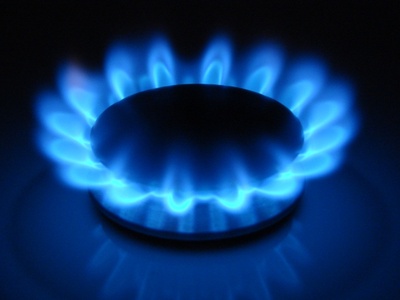
Fossil Fuels
As everyone knows, oil is a fossil fuel - a resource that will run out. We use oil almost every minute of everyday without even realizing. Oil is not only used to power the car in your garage, it is used in your fertilizers, body products, roads, clothing, cell phones, lap-tops, heating systems, toothpaste, shoes, etc. Essentially, nearly everything. Society has a heavy reliance on oil - it's the perfect product. We're addicted. When oil runs out, what do we do?
Coal is another addiction of ours. While coal is also a fossil fuel and another nonrenewable resource, it is extremely abundant. However, it is a "dirty" natural resource - a resource we are weary of despite its cheap price. While oil is used for mostly automobiles and plastics, coal is used to generate electricity - to heat our homes.
Natural gas has often been seen as the answer to all our economic and environmental woes. A shining light, a savior to our energy addiction. Natural gas is the cleanest fossil fuel because of its low emissions. At the same time, the US has quite a deal of natural gas reserves. How we get that natural gas, however, is the real issue.
Natural Gas Pipelines
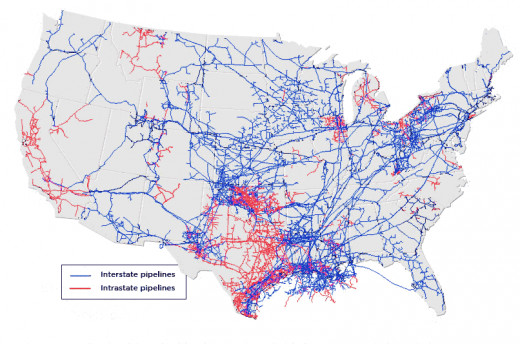
What is Fracking?
Hydraulic-fracturing (aka hydrofracking or fracking) is the process by which we access these natural gas reserves. Natural gas is trapped deep underground in shales composed of mud, rock and clay. Extracting this gas is especially tricky. This is where fracking comes into play. A deep well is first constructed, cutting through the aquifer, anywhere from 2,000-10,000 feet deep. This well is then directed horizontally on the bed rock, roughly the same distant as it was drilled vertically. A mixture of sand, water and chemicals are poured into the wall. This increase in pressure causes the rock to break - the gas is then released and sent back up the well.
Let's take a closer look at what is thrown down the well. Water composes the majority of the mixture at 70-140 billion gallons, accounting for 98% of the mix. Sand constitutes the next portion with 300,000 to 4 million pounds added. Lastly, chemicals make up the remaining percentage, totaling approximately 350 tons. These chemicals are numerous and used to initiate the breaking of the rock as well as enforcing the fluidity of the mixture. Some of these chemicals include: Hydrochloric acid, Glutaraldehyde, Choline Chloride, Methanol and Phosphonic Acid Salt.
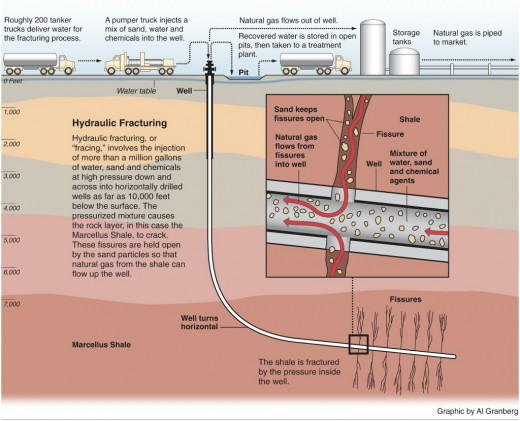
- Hydraulic Fracturing | US EPA
The regulations set in place by the EPA for fracking.
The Dangers of Fracking
So far you've heard the facts - how fracking works, the process, the products. If you've paid attention to the news, the dangers and controversy regarding fracking are the main focus. Countless sites are dedicated to exposing the "truths" behind fracking; hoping to abolish it and stop the spread of the wells. Honestly, I don't blame them, I'm right on board. Let's take a look at some of the proposed issues with fracking:
- Forestland loss: From the onset, the area is cleared out. Trees are cut and the plan is put into action. Mass deforestation reduces the quality of the land while reducing the intake of carbon dioxide (many of which see this as a contribution to climate change and global warming). At the same time, deforestation can contribute to a loss of biodiversity.
- Chemicals: Though chemicals only account for approximately 1% of the mixture, this can end up being a whooping 350 tons of chemicals. Some of these chemicals are quite hazardous: uranium, diesel fuel, benzene, methanol and mercury just to name a few.
- Contamination: Many are concerned that these chemicals can leak into the ground water and cause contamination, as many of these sites are sitting atop an area which provides drinking water to the locality.
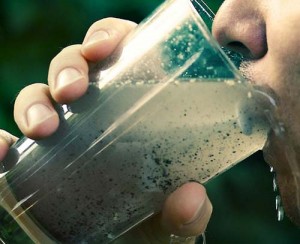
- EPA Report Links Fracking To Water Pollution : The Two-Way : NPR
This is the first time the EPA has linked fracking to the contamination of drinking water and it could have great implications for future gas drilling in the U.S.
The Real Danger
These issues do in fact pose a threat. The EPA has put into place laws which require safe extraction so to protect the environment and the health of the public. As we all know, safety regulations are not always met as the economics and politics are always a force in action. The companies are on a mission, a mission to extract natural gas and provide energy.
Studies supporting and contending water contamination from fracking are varied. Reports are scattered and there still remains confusion as to whether or not fracking contaminates groundwater. The key here, however, is why is there groundwater contamination. Safety regulations are put into place to avoid this; however, we see some scattered evidence of it occurring nonetheless.
It is highly likely groundwater contamination can be avoided. The problem is not fracking - it is how we are doing the fracking. Clean and safe fracking seems plausible. Careful attention can be paid to reduce the risks. A noted cause of the water contamination may not be the wells themselves, but careless accidental chemical spillage at the surface of the well. This could also affect groundwater and contaminant the local water supply.
Whether or not "safe fracking" will ever be achieved is still questionable and from the looks of it, currently unlikely. With better technology and more caution and preparation, we may see a day where fracking is not only efficient but safe.

